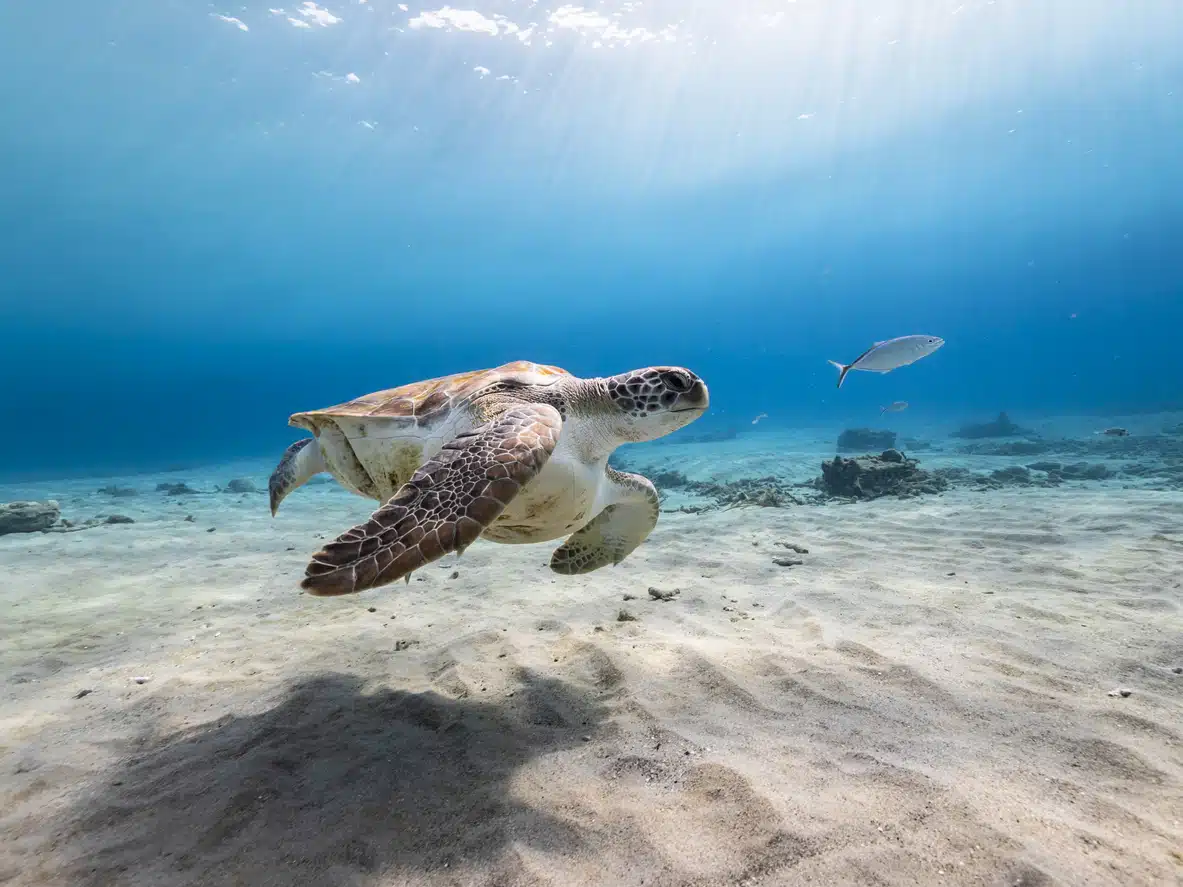Supporting the permitting process for the water intake structure of a proposed desalination facility
By Lance W. Fontenot, Ph.D., PWS, Senior Consultant

OUR CHALLENGE
A client retained Integral to support a contested water intake permit for a proposed desalination facility. Community members were concerned about the impacts of the intake structure on the regional marine ecosystem. Integral evaluated the impingement and entrainment (I&E) potential of aquatic organisms from withdrawal of oceanic feed water for use in desalination.
OUR APPROACH
The assessment used the following process:
Source water evaluation: Describe the physical characteristics (e.g., depth, water temperatures), salinities, tides, prevailing winds, and substrate composition around the water intake structure.
Operation of the water intake structure: Present the proposed water withdrawal volumes, the offshore location and depth of the intake structure, and the major design elements.
Source water biological characterization: Assess the potential for the intake structure to extract marine life based on: a) identifying the species present in the project area; b) identifying the occurrence of highly migratory species, managed fish species, and listed species; c) selecting target species of fish and invertebrates for further evaluation; and d) describing the reproductive strategies, larval recruitment, and periods of peak abundance of these target species to identify life stages with potential for I&E.
Evaluation of I&E potential: Determine how the design and operation of the intake structure and the presence of the target species might result in I&E. We obtained life history information for the eggs, larvae, juveniles, and adults of each target species. The analysis evaluated the potential for a life stage to be withdrawn by the intake structure. Even though I&E by planktonic life stages of certain target species was considered “high”, it was only so for a tiny fraction of the total numbers of plankton in the area around the intake structure.
OUR IMPACT
We concluded that population-level effects from the I&E would be minimal when considered against the vastly larger numbers of plankton present in the surrounding offshore area that would never encounter the intake structure. The client included this study as a key piece of evidence in their permit application package submitted for regulatory review and approval.
